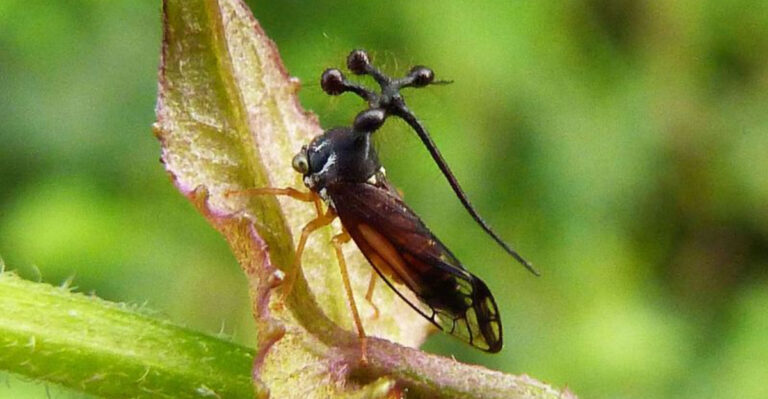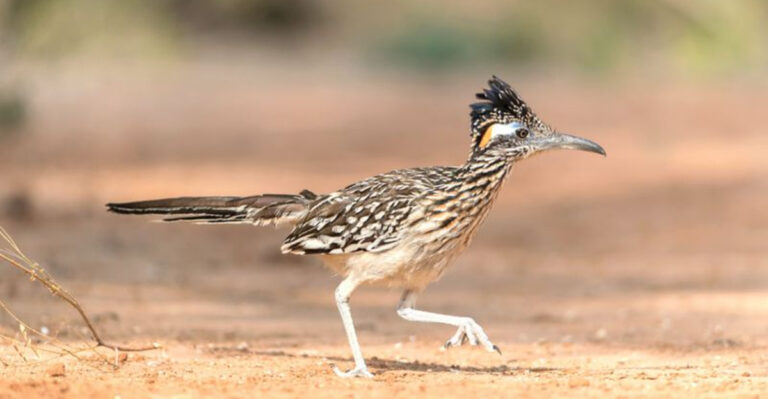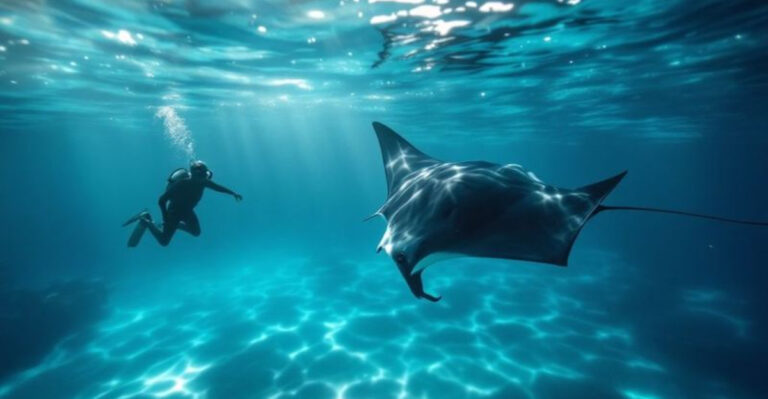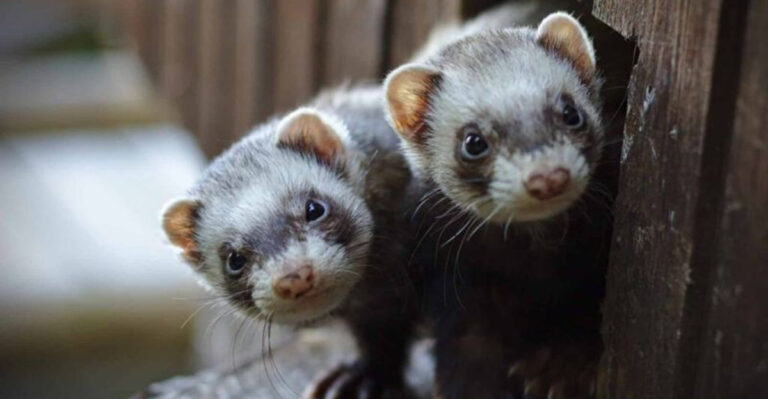10 Surprising Animals That Are Actually Dinosaur Relatives
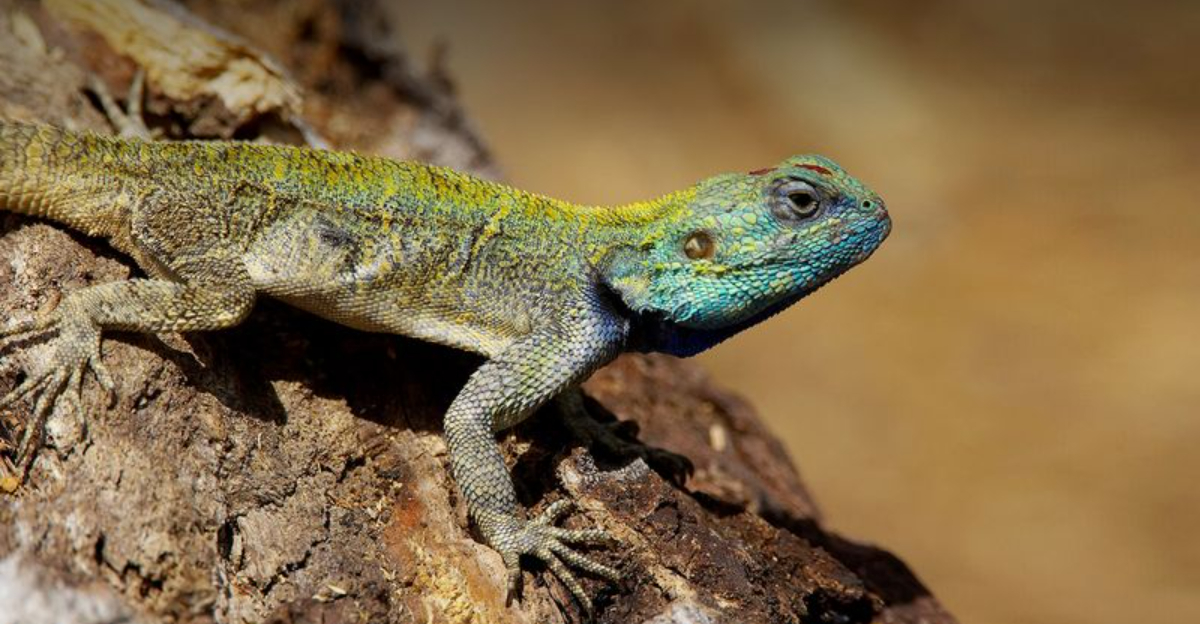
Dinosaurs, those magnificent creatures that once roamed the Earth, continue to fascinate us. What surprises many, however, is the list of modern-day animals that are actually related to these ancient beasts.
Through millions of years of evolution, some unexpected creatures have maintained a genetic link to dinosaurs.
1. Iguanas
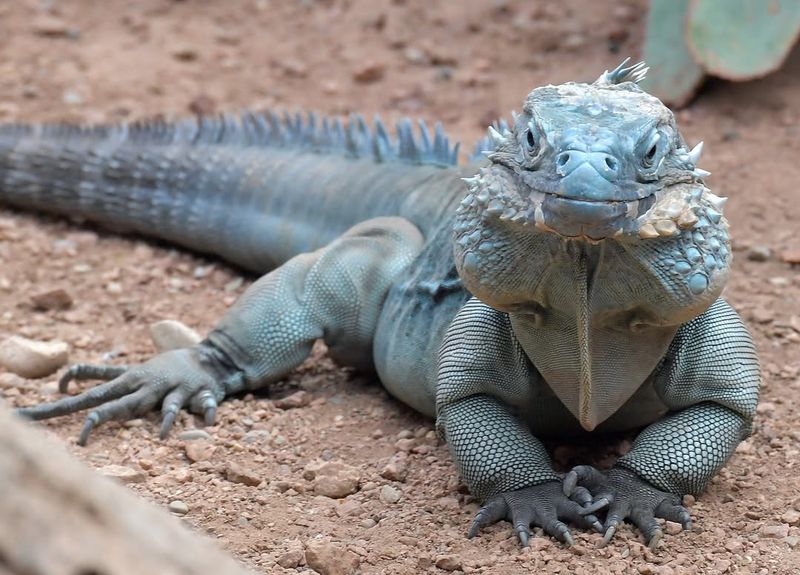
Iguanas, with their spiky crests and whip-like tails, seem like modern-day mini-dinosaurs living among us. These fascinating creatures are part of the reptilian family, sharing ancestral roots with some of the most formidable dinosaurs.
Despite their prehistoric appearance, iguanas are gentle herbivores, primarily munching on leaves, fruits, and flowers. Their keen eyesight helps them navigate through dense foliage, spotting predators and finding food.
2. Elephants
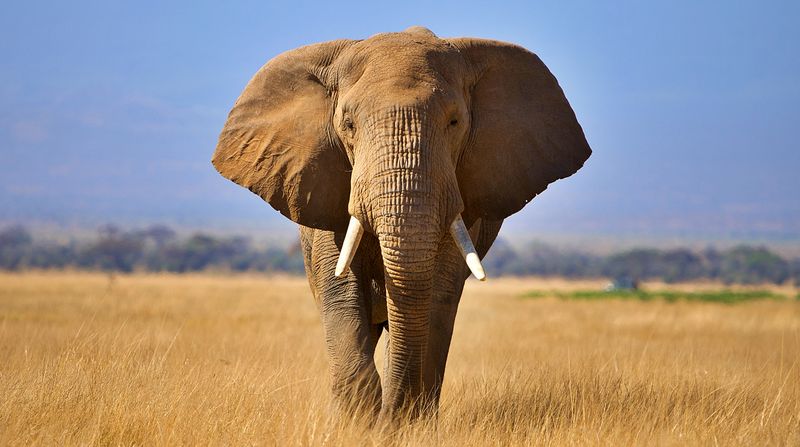
Elephants might seem like an unusual addition to a list of dinosaur relatives, but they share a fascinating connection through evolutionary history. While not direct descendants, elephants and dinosaurs share a common ancestor that dates back millions of years.
The connection between elephants and dinosaurs is primarily found in their evolutionary traits. Both groups have displayed remarkable adaptability, allowing them to thrive in diverse environments.
Elephants’ large size and social structures echo some of the characteristics found in certain dinosaur species.
3. Chickens
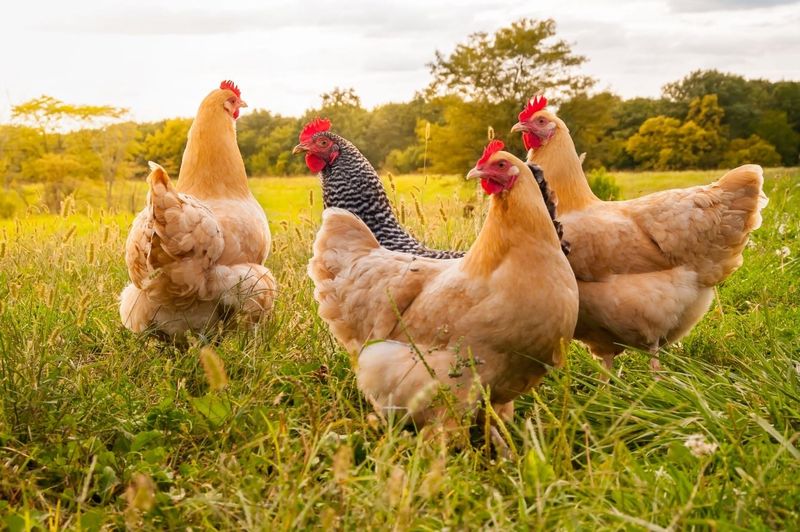
Would you believe that the chicken, a common sight in barnyards around the world, is a distant relative of the mighty Tyrannosaurus rex?
Chickens, like all birds, are considered avian dinosaurs. This means they belong to the same group as their prehistoric ancestors.
Over millions of years, the large, fearsome dinosaurs transformed through evolution into the birds we see today.
4. Emus
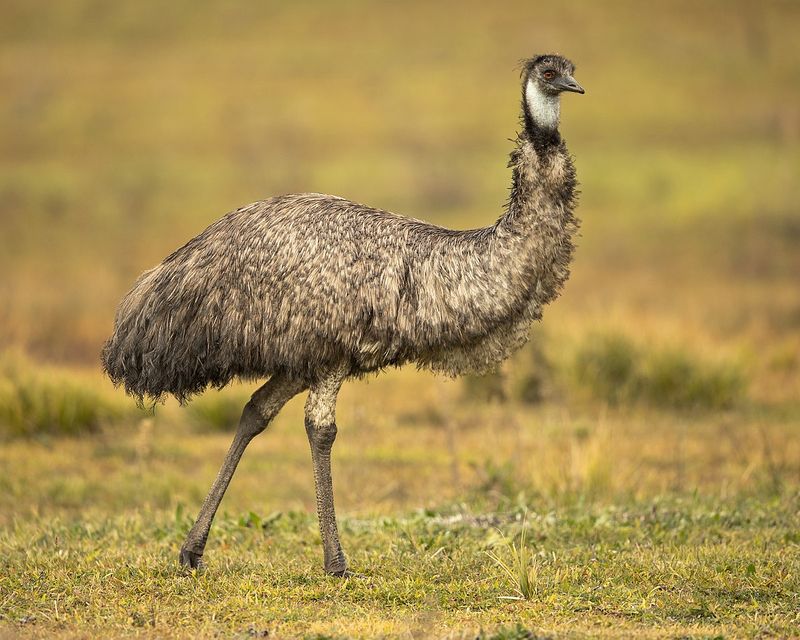
Emus, large flightless birds native to Australia, are fascinating creatures with a direct link to dinosaurs. As members of the ratite group, emus share a common ancestry with the ancient giants, showcasing the evolutionary journey from dinosaur to modern bird.
The connection between emus and dinosaurs is evident in their physical characteristics. Their long legs and vestigial wings hint at a time when their ancestors roamed the earth alongside the dinosaurs.
5. Lizards
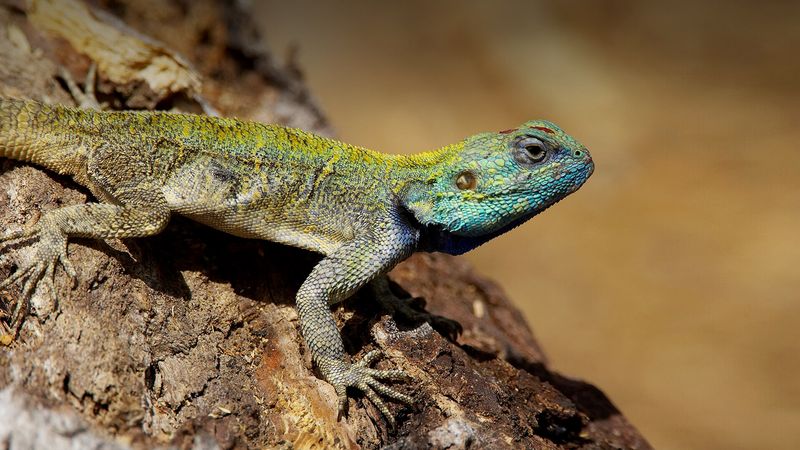
Lizards are another group of modern-day reptiles that possess a surprising link to dinosaurs. While they may be small and seemingly unrelated to the gigantic beasts of the past, lizards and dinosaurs share a distant ancestor.
Their evolutionary paths diverged millions of years ago, yet there are still connections that bind them. Lizards belong to the larger group of reptiles, which includes dinosaurs. This lineage is evident in their shared characteristics, such as scaly skin and a similar body structure.
6. Birds Of Prey
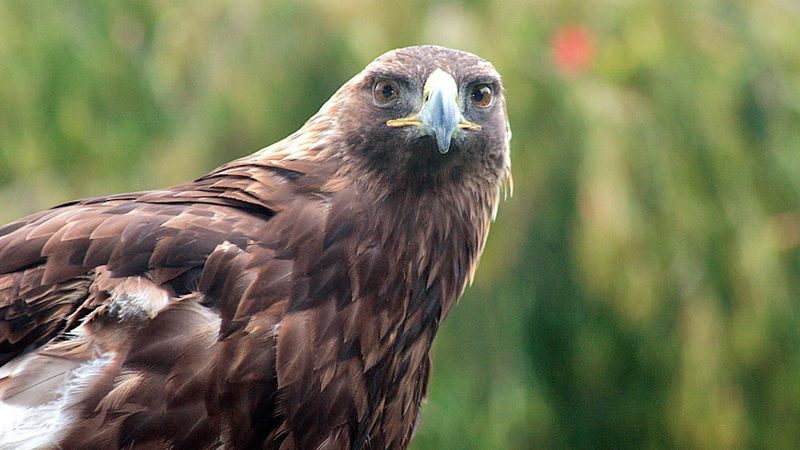
Birds of prey, such as eagles and hawks, are not just majestic hunters but also direct descendants of dinosaurs. This connection is rooted in their classification as avian dinosaurs, meaning they evolved from the same lineage as their prehistoric counterparts.
The link between birds of prey and dinosaurs is evident in their physical features. Sharp talons, keen eyesight, and powerful wings are traits that have been carried over from their dinosaur ancestors. These features have enabled birds of prey to become some of the most efficient hunters in the animal kingdom.
7. Crocodiles
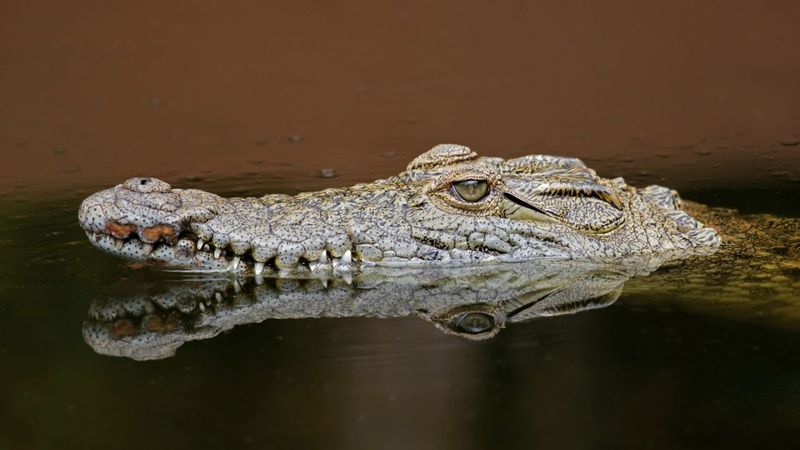
Crocodiles are often described as living fossils, and for a good reason. These powerful reptiles have changed very little over millions of years, maintaining a striking resemblance to their prehistoric ancestors. Closely related to dinosaurs, crocodiles share a common ancestor with the prehistoric giants.
Crocodiles and dinosaurs both belong to the group known as archosaurs, making their evolutionary paths intertwined. The similarities don’t end with ancestry. Crocodiles have retained many traits that were present in their dinosaur relatives, such as their armored skin and hunting strategies.
8. Rhinoceroses
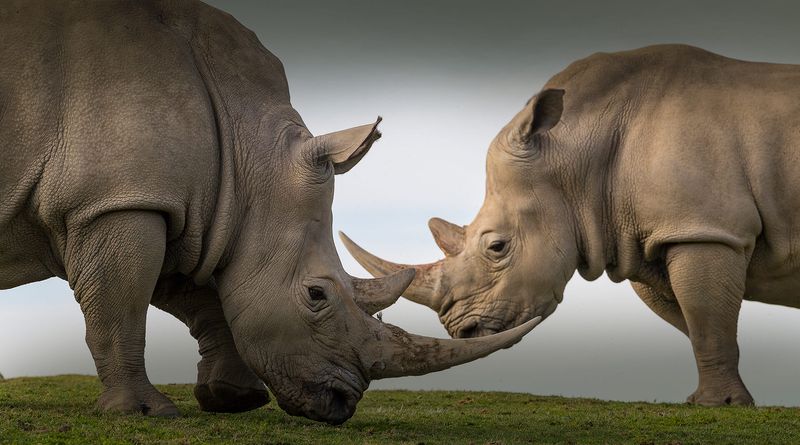
Rhinoceroses are often admired for their strength and unique appearance, but they also share a surprising connection to dinosaurs. Through the lens of evolutionary biology, rhinos provide an intriguing link to the ancient past, sharing a distant ancestor with the mighty dinosaurs.
The physical traits of rhinoceroses, such as their thick skin and formidable horns, echo some of the characteristics found in certain dinosaur species. These similarities highlight the evolutionary pathways that have preserved ancient traits over millions of years.
9. Turtles
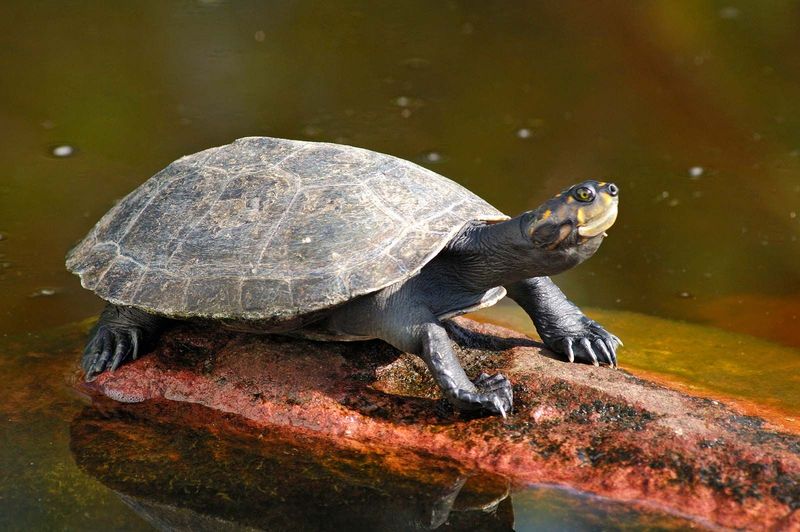
Turtles, with their distinctive shells and slow movements, might not immediately remind you of dinosaurs. However, these fascinating creatures share a deep evolutionary connection with the ancient reptiles.
Belonging to the group of reptiles that also includes dinosaurs, turtles have retained several characteristics from their prehistoric cousins.
The most notable resemblance lies in their anatomy. The structure of a turtle’s shell and limbs shares common features with certain dinosaurs, highlighting their shared ancestry.
10. Alligators
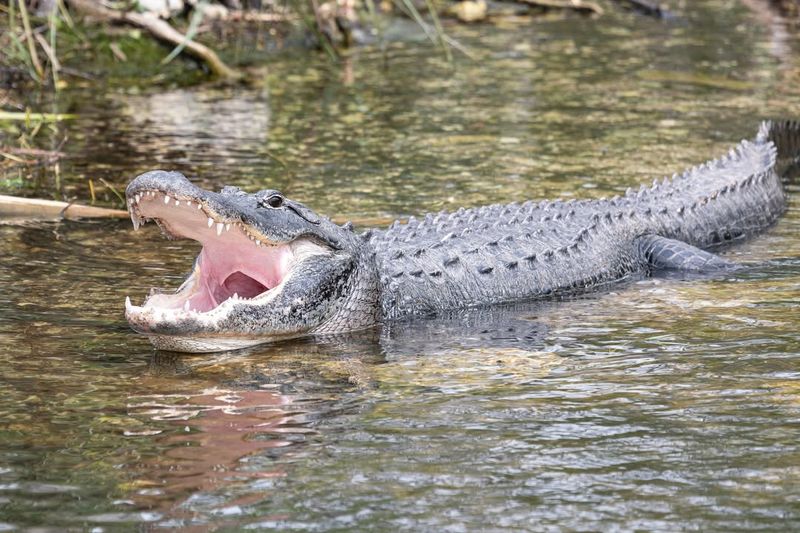
Alligators share a fascinating lineage with dinosaurs that dates back millions of years. These formidable reptiles have a body structure that hints at their prehistoric ancestors.
With their armored skin and powerful tails, alligators are a living testament to the resilience of their line. They thrive in swampy areas across the southeastern United States.

